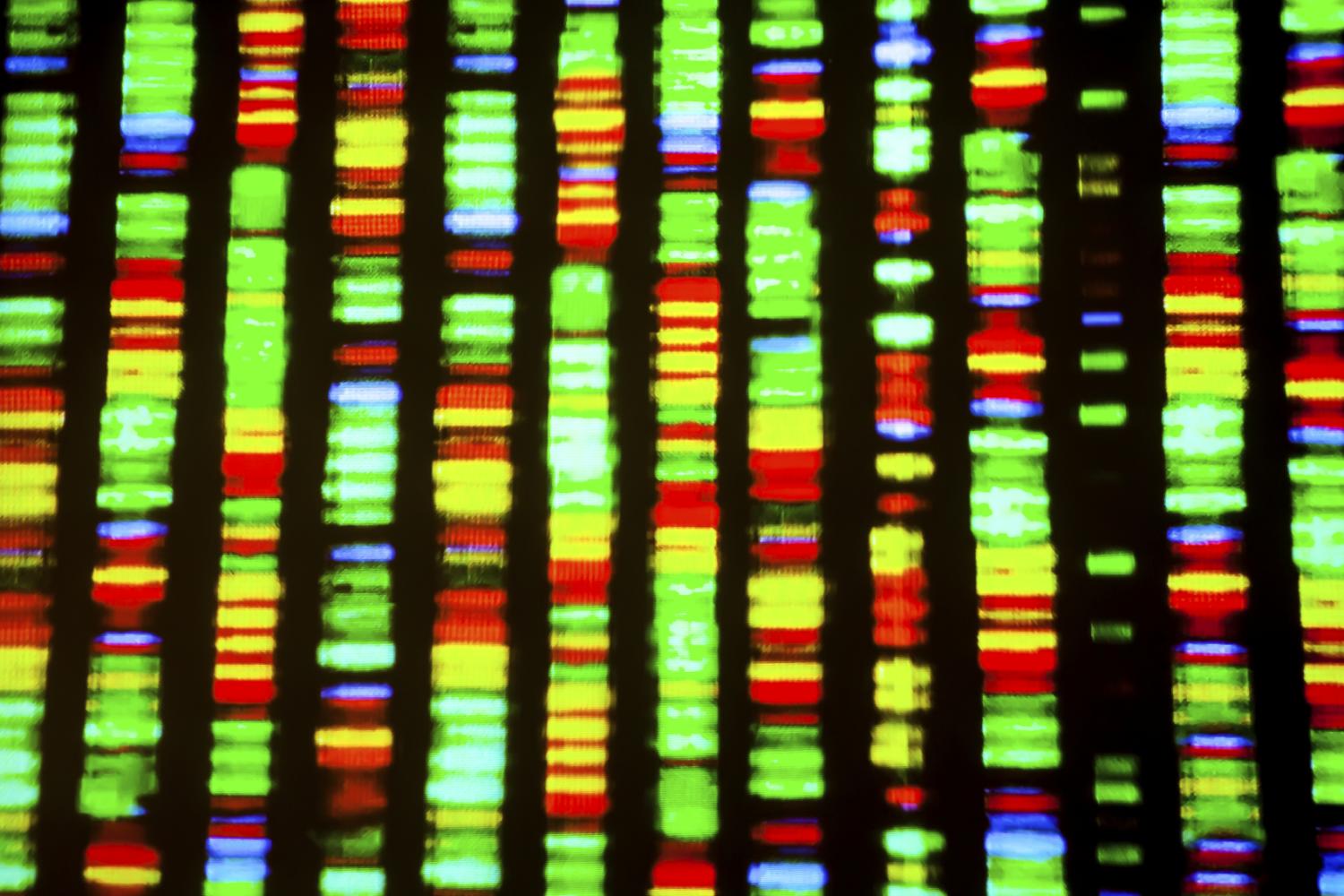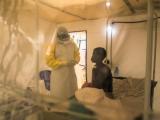The source of Liberia's recent Ebola cluster became a little clearer today, with genetic sequencing results showing similarity to earlier viruses in Liberia instead of suggesting an import from Guinea or Sierra Leone or a new introduction from an animal, the World Health Organization (WHO) said today.
In other developments today, on the second day of a United Nations (UN) conference to help the three hardest-hit nations recover from the Ebola epidemic, Secretary-General Ban Ki-moon said the goal was to raise $3.2 billion over the next 2 years.
Early clues, but questions remain
In a statement today, the WHO said the genetic sequencing study was conducted as part of the investigation into a cluster of new infections, all from Nedowein, a town in Margibi County just southeast of Monrovia. Tests run by the Liberian National Reference Laboratory show that isolates from the first patient in the cluster—a 17-year-old boy who died from his infection—are genetically similar to Ebola viruses that circulated in Margibi County in late 2014.
The WHO said the findings shed some light on Liberia's new flare-up. Because of the close relationship to earlier Liberian viruses, it's unlikely that that strain implicated in the cluster was imported from Guinea or Sierra Leone or that it represents a new emergence from an animal source.
Genetic sequencing on samples from the four other patients in the cluster is underway, the WHO said.
How the first patient became infected, however, remains a mystery. Survivors can harbor the virus for long periods in "immune protected" sites such as the testes and eyes, and Liberia's last case-patient before the new cluster was a woman who is thought to have contracted the virus after having sex with a male Ebola survivor.
Other possibilities include undetected transmission chains that have been simmering in Liberia or an unknown reservoir.
Stuart Nichol, PhD, who heads the molecular biology section of the special pathogens branch at the US Centers for Disease Control and Prevention (CDC), said the virus probably wasn't lying dormant in the environment, because it degrades quickly in tropical heat, the New York Times reported yesterday. He also said suspicion that the virus came from a dead dog that some of the case-patients reportedly ate is a "red herring."
Four patients who recently tested positive for the virus are being treated in Ebola treatment centers, and so far 149 contacts are under monitoring.
The initial case in the cluster was identified during testing of suspected cases, including fatal ones, as part of a 90-day heightened surveillance period that began after Liberia was declared free of the virus in early May.
Liberia had planned for an Ebola reemergence, and its incident management system immediately sent a team to conduct a detailed investigation, the WHO said, adding that UN and aid groups are still in Liberia to help and that it has sent additional experts to help curb new transmission.
Countries start announcing pledges
On the first day of the pledging conference yesterday, officials from Guinea, Liberia, and Sierra Leone spelled out their recovery plans and needs in advance of the pledging phase today.
Rebuilding fragile health systems is considered a key part of helping with recovery and will be crucial for limiting the future spread of Ebola and other disease threats. Earlier this week the WHO said that though the needs of the three countries vary, the total for shoring up the health systems is about $696.2 million.
During today's proceedings, some countries announced pledges, according to a live Twitter feed from the UN Mission for Ebola Emergency Response (UNMEER) Among them were Germany ($218 million) and Japan ($80 million).
The US Agency for International Development (USAID) said it will invest between $250,000 and $2 million in partnerships based on impact and reach of proposed programs. According to other reports, the European Commission pledged $501.8 million and South Korea is expected to offer $5 million.
See also:
Jul 10 WHO statement
Jul 9 Times story
Jul 9 UN press release
UNMEER Twitter feed
Jul 10 EU press release
Jul 10 Yonhap News Agency story

















